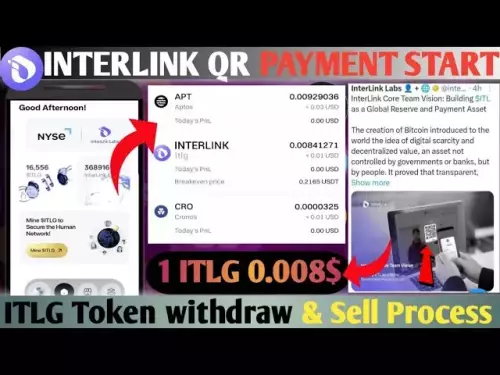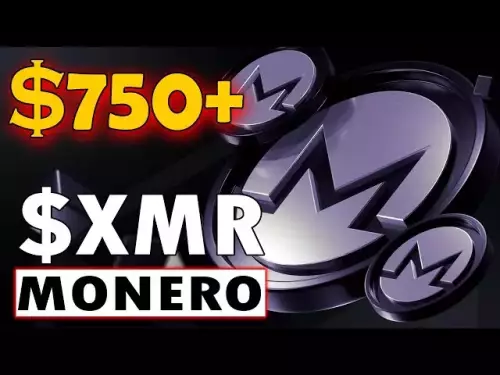-
 bitcoin
bitcoin $107208.295278 USD
-1.54% -
 ethereum
ethereum $3874.629914 USD
-1.38% -
 tether
tether $1.000440 USD
0.03% -
 bnb
bnb $1089.465513 USD
-5.53% -
 xrp
xrp $2.327672 USD
-1.65% -
 solana
solana $184.766505 USD
-0.73% -
 usd-coin
usd-coin $1.000076 USD
0.02% -
 tron
tron $0.310632 USD
-1.99% -
 dogecoin
dogecoin $0.187615 USD
-1.60% -
 cardano
cardano $0.633389 USD
-2.75% -
 ethena-usde
ethena-usde $0.999553 USD
0.03% -
 hyperliquid
hyperliquid $35.608231 USD
-4.13% -
 chainlink
chainlink $16.876114 USD
-3.98% -
 stellar
stellar $0.312239 USD
-0.91% -
 bitcoin-cash
bitcoin-cash $473.262969 USD
-7.09%
How is blockchain used in voting systems?
Blockchain voting ensures secure, transparent elections by recording encrypted votes on a decentralized ledger, preventing fraud while enabling verifiable, tamper-proof results.
Aug 11, 2025 at 10:22 am
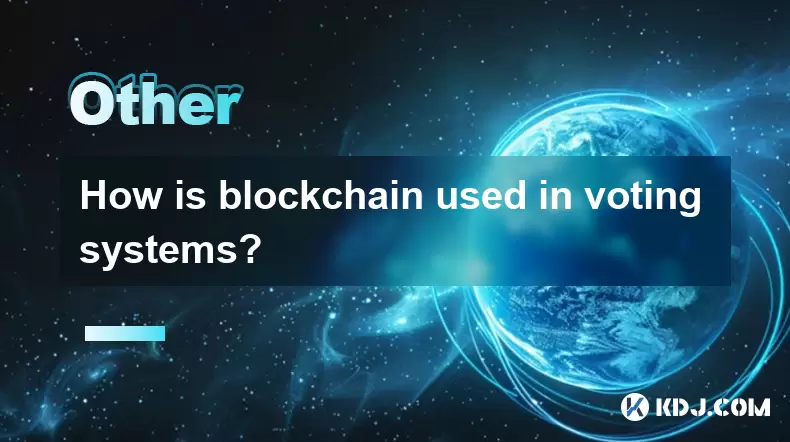
Understanding Blockchain-Based Voting Systems
Blockchain technology has emerged as a transformative tool in reimagining traditional voting mechanisms. At its core, a blockchain is a decentralized, immutable ledger that records transactions across a network of computers. When applied to voting systems, it ensures that each vote is secure, transparent, and tamper-resistant. Unlike centralized databases, which are vulnerable to manipulation or data loss, blockchain distributes data across multiple nodes, making unauthorized alterations nearly impossible. Each vote is encrypted and added as a block to the chain, creating a permanent and verifiable record. This decentralization eliminates single points of failure and reduces the risk of election fraud.
Key Features of Blockchain Voting
Several characteristics of blockchain make it suitable for secure voting:
- Immutability: Once a vote is recorded on the blockchain, it cannot be altered or deleted. This ensures the integrity of election results.
- Transparency: While votes remain anonymous, the entire process is visible to authorized participants, enabling public auditability without compromising voter privacy.
- Decentralization: No single entity controls the system, reducing the risk of manipulation by governments or third parties.
- Cryptographic Security: Votes are protected using public-key cryptography, where each voter has a private key to cast a vote and a public key to verify it.
- Real-Time Verification: Voters can confirm that their vote was recorded correctly without revealing their choice.
These features collectively address common concerns in traditional voting systems, such as ballot stuffing, lost votes, and delayed results.
How Blockchain Voting Works: Step-by-Step Process
Implementing a blockchain voting system involves several critical stages: - A voter registers through a verified identity system, often using government-issued IDs or biometrics. Upon verification, the system issues a digital wallet linked to the voter’s identity.
- The voter receives a unique cryptographic key pair: a private key for signing votes and a public key for validation.
- During the election, the voter accesses the voting interface, selects their candidate, and signs the vote with their private key.
- The signed vote is broadcast to the blockchain network, where nodes validate the signature and ensure the voter hasn’t voted more than once.
- Once verified, the vote is encrypted and added to a new block, which is then appended to the blockchain.
- The voter can use a public tracker to confirm their vote was included in the ledger, using a transaction ID without exposing their choice.
This process ensures end-to-end verifiability, meaning voters and auditors can confirm both individual and overall vote counts.
Preventing Double Voting and Ensuring Eligibility
One of the primary challenges in digital voting is preventing individuals from voting multiple times. Blockchain systems address this through smart contracts and identity verification protocols. - Before voting, a smart contract checks the voter’s eligibility by referencing a pre-approved registry stored on the blockchain.
- Once a vote is submitted and validated, the contract marks the voter’s public key as 'voted,' making it impossible to submit another vote.
- The system uses zero-knowledge proofs or similar privacy-preserving techniques to verify eligibility without exposing personal data.
- Election authorities maintain a whitelist of eligible voters, and any attempt to vote without proper credentials is rejected by the network.
This mechanism ensures one person, one vote, a cornerstone of democratic elections, while maintaining data privacy.
Security Measures and Attack Resistance
Blockchain voting systems incorporate multiple layers of security to defend against threats: - End-to-End Encryption: All vote data is encrypted from the moment it leaves the voter’s device until it is recorded on the blockchain.
- Distributed Consensus: Networks use protocols like Proof of Stake (PoS) or Practical Byzantine Fault Tolerance (PBFT) to validate transactions, ensuring agreement across nodes even if some are compromised.
- DDoS Protection: Voting platforms are hosted on decentralized networks or cloud infrastructures with built-in mitigation tools to resist denial-of-service attacks.
- Air-Gapped Signing Devices: In high-security implementations, private keys are stored on offline devices to prevent remote hacking.
- Post-Election Audits: Independent auditors can download the blockchain and verify the tally without accessing individual votes, thanks to cryptographic hashing.
These measures make blockchain-based systems resilient against tampering, hacking, and insider threats.
Real-World Implementations and Case Studies
Several countries and organizations have piloted blockchain voting: - Estonia uses blockchain in its e-governance infrastructure, including secure digital identity and data integrity for public records, laying the groundwork for future e-voting expansions.
- West Virginia, USA, conducted a trial in 2018 allowing overseas military personnel to vote via a blockchain mobile app, ensuring secure and timely participation.
- Moscow, Russia, tested a blockchain-based e-voting system in 2019 municipal elections, though it faced criticism over transparency and access controls.
- Sierra Leone explored blockchain for vote tallying in a 2018 election, with independent observers monitoring the ledger for accuracy.
These cases demonstrate the feasibility of blockchain voting while highlighting the importance of transparency, public trust, and robust design.
Frequently Asked Questions
Can blockchain voting be hacked? While no system is entirely immune, blockchain’s decentralized nature and cryptographic safeguards make large-scale hacking extremely difficult. Altering a single vote would require controlling over 51% of the network’s computing power, which is impractical in well-distributed systems. However, endpoints like voter devices or identity systems remain potential vulnerabilities.How is voter anonymity preserved on a public blockchain?Votes are detached from personal identities using cryptographic techniques. The blockchain records only the encrypted vote and a public key. Zero-knowledge proofs or mixnets can further obscure the link between voter and vote, ensuring privacy while allowing verification.
What happens if a voter loses their private key?Losing a private key typically means losing the ability to vote, as it is required to sign the ballot. Systems may offer secure recovery mechanisms, such as multi-signature wallets or custodial backups with strict access controls, but these must be designed carefully to avoid centralization risks.
Are blockchain voting systems accessible to people without smartphones or internet?Accessibility remains a challenge. Most blockchain voting platforms require internet-connected devices. To ensure inclusivity, hybrid models may offer in-person kiosks with blockchain integration or offline registration with digital verification, ensuring all citizens can participate.
Disclaimer:info@kdj.com
The information provided is not trading advice. kdj.com does not assume any responsibility for any investments made based on the information provided in this article. Cryptocurrencies are highly volatile and it is highly recommended that you invest with caution after thorough research!
If you believe that the content used on this website infringes your copyright, please contact us immediately (info@kdj.com) and we will delete it promptly.
- Bitcoin, Traders, and Whales: Navigating a Shifting Crypto Landscape
- 2025-10-19 02:25:14
- HUGS Presale Crypto: Can Milk & Mocha Deliver a 100x ROI?
- 2025-10-19 02:25:14
- Robinhood, Tokenized Assets, and DeFi Investors: A New Era?
- 2025-10-19 02:30:11
- Natembeya, the Odinga Family, and Raila's Enduring Legacy: A Gesture of Unity
- 2025-10-19 02:30:11
- Baby Shark Universe: Riding the Metaverse Wave with a Gamified Token
- 2025-10-19 02:35:16
- Cardano and Digitap: Price Predictions and the Rise of Crypto-Banking
- 2025-10-19 02:45:12
Related knowledge
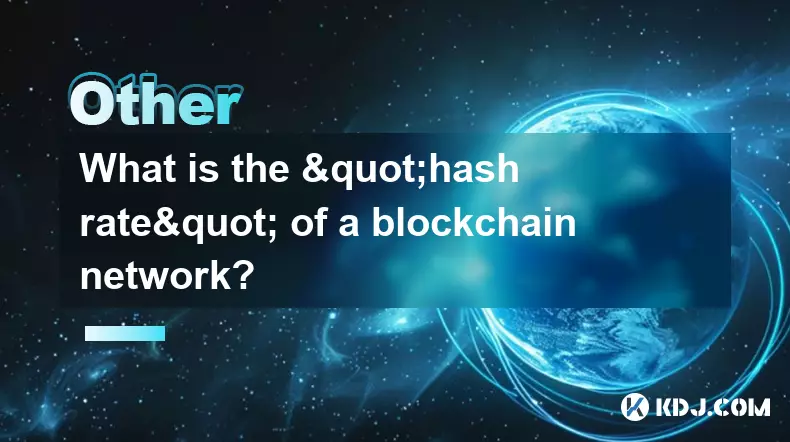
What is the "hash rate" of a blockchain network?
Oct 10,2025 at 03:55pm
Understanding Hash Rate in Blockchain Networks1. The hash rate refers to the total computational power being used to process transactions and mine new...
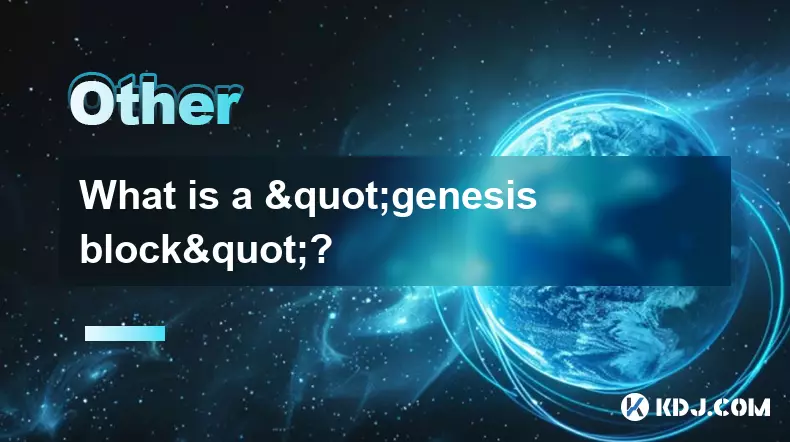
What is a "genesis block"?
Oct 15,2025 at 07:55pm
Understanding the Genesis Block in CryptocurrencyThe genesis block is the very first block in a blockchain network. It serves as the foundation upon w...
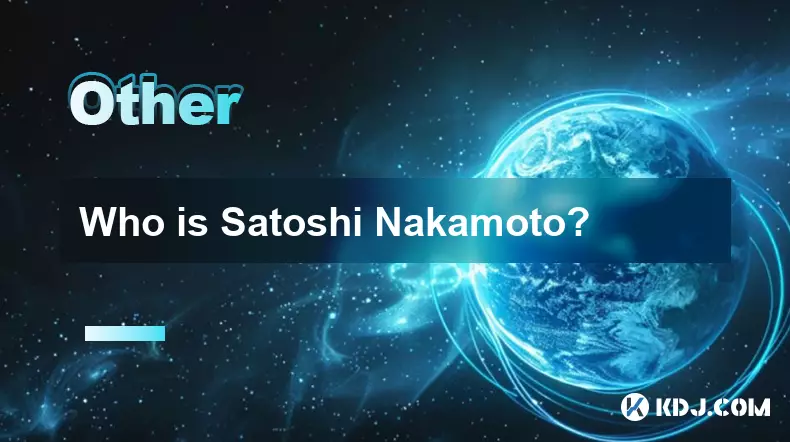
Who is Satoshi Nakamoto?
Oct 15,2025 at 01:01pm
Who is Satoshi Nakamoto?1. Satoshi Nakamoto is the pseudonymous individual or group credited with creating Bitcoin, the first decentralized cryptocurr...
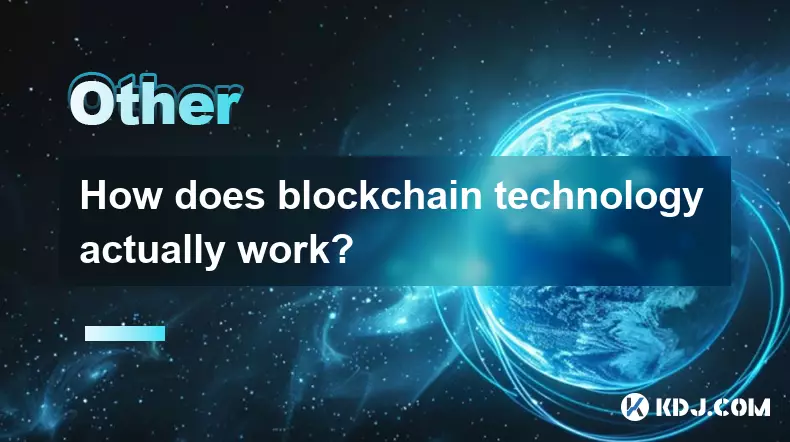
How does blockchain technology actually work?
Oct 11,2025 at 02:36pm
Understanding the Core Mechanism of Blockchain1. At its foundation, blockchain is a decentralized digital ledger that records transactions across mult...
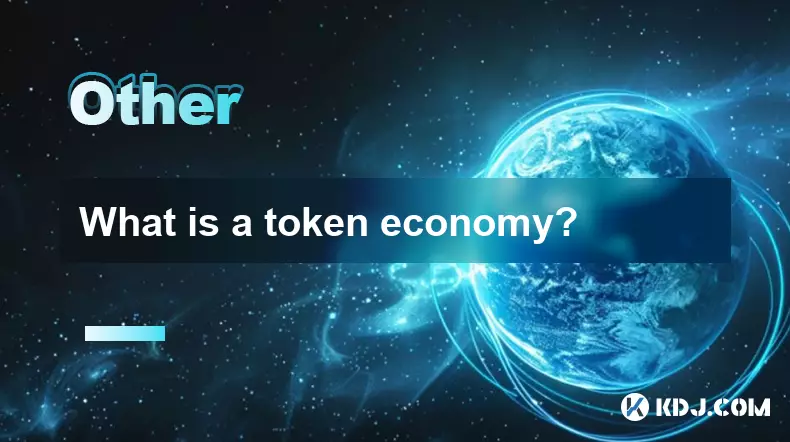
What is a token economy?
Sep 20,2025 at 12:18am
Understanding the Foundations of a Token Economy1. A token economy in the context of cryptocurrency refers to a system where digital tokens are used a...

What are suitable application scenarios for blockchain?
Sep 20,2025 at 03:19am
Decentralized Finance (DeFi) Platforms1. Blockchain enables the creation of financial services without centralized intermediaries, allowing users to l...

What is the "hash rate" of a blockchain network?
Oct 10,2025 at 03:55pm
Understanding Hash Rate in Blockchain Networks1. The hash rate refers to the total computational power being used to process transactions and mine new...

What is a "genesis block"?
Oct 15,2025 at 07:55pm
Understanding the Genesis Block in CryptocurrencyThe genesis block is the very first block in a blockchain network. It serves as the foundation upon w...

Who is Satoshi Nakamoto?
Oct 15,2025 at 01:01pm
Who is Satoshi Nakamoto?1. Satoshi Nakamoto is the pseudonymous individual or group credited with creating Bitcoin, the first decentralized cryptocurr...

How does blockchain technology actually work?
Oct 11,2025 at 02:36pm
Understanding the Core Mechanism of Blockchain1. At its foundation, blockchain is a decentralized digital ledger that records transactions across mult...

What is a token economy?
Sep 20,2025 at 12:18am
Understanding the Foundations of a Token Economy1. A token economy in the context of cryptocurrency refers to a system where digital tokens are used a...

What are suitable application scenarios for blockchain?
Sep 20,2025 at 03:19am
Decentralized Finance (DeFi) Platforms1. Blockchain enables the creation of financial services without centralized intermediaries, allowing users to l...
See all articles
























